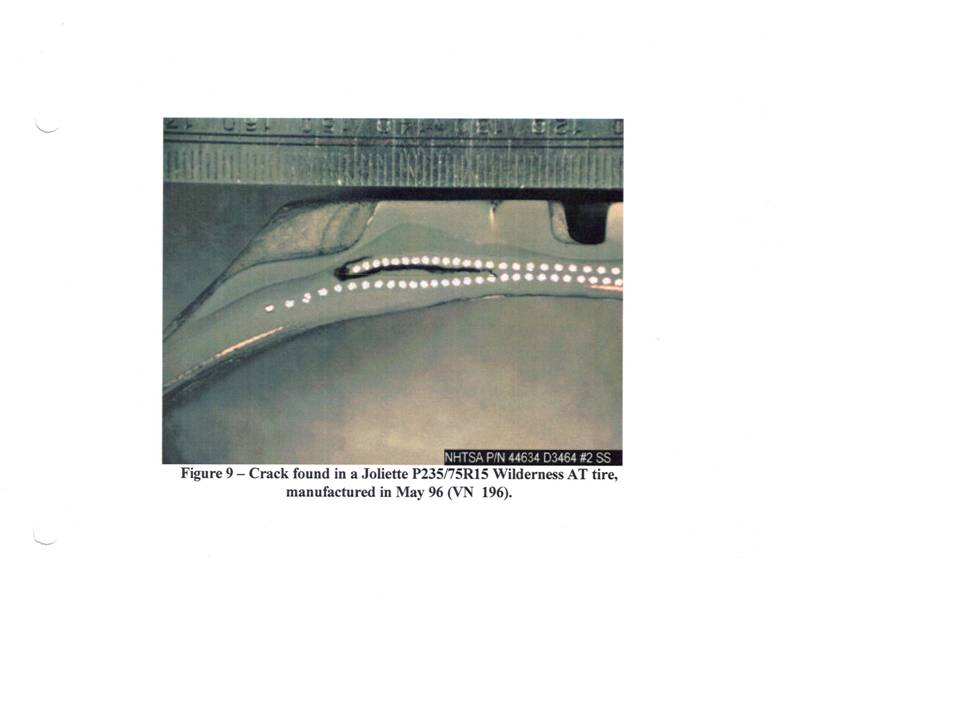Originally Posted By: tightwad
Sorry, man, I guess I'm just not writing clearly. Back in the late 70's, the was a lot of publicity about the steel being stored outside. That was at the Decatur plant. If I remember, Firestone said it was not a problem. At the time, everyone thought the rust on the steel was the problem. I read your post and it seems the adhesive in the tires was the real issue. I mentioned South America because, if you'll remember, that's where all the problems in the later recall started. There were multiple accidents involving Ford Explorers in Argentina. The first recalls were down there. So, by trying not to be long-winded, I think I just confused everyone.
Sorry, I tried to copy Capri Racer's last post and failed. That's what I'm answering.
I think you'll find the country was Venezuela. - OK, I am now going to check to see if that is correct:
http://www.nhtsa.gov/cars/rules/rulings/upgradetire/econ/tireupgradei.html
This is from NHTSA, and the Middle East, Venezuela, Malaysia, and Thailand are mentioned, but sadly Argentina is not.
http://dcomm.cxc.lsu.edu/portfolios/09spr/dcoron1/BridgestoneFirestoneCaseStudy.pdf
This mentions 60 Minutes, but again, Venezuela is mentioned and Argentina is not.
But the most telling thing is that rust is NOT mentioned in either, nor is storing materials outside.
To bolster my case I am going to refer to the NHTSA report on the subject - which has some very interesting photos. Here's one:
Notice that the separation is between layers. If rust on the belt were a problem, each individual cord would be surrounded by the separation - but it's not. In fact, none of the cords are.
It's now clear that I am not going to be able to persuade you. All I can tell you is that I have studied this extensively. I've gone so far as write a webpage to document what I found. I don't find anything that supports the "rust" theory. What more can I say?



